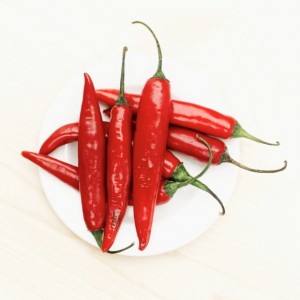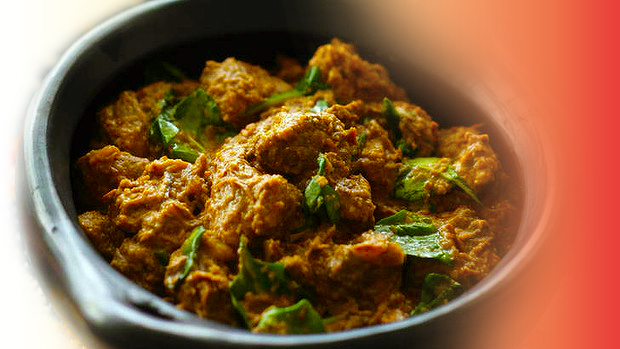Turn Up the Heat
How Hot and Spicy Foods Can Give Your Health a Boost
 Hot sauce. Chili peppers. Jalapeños. Indian curry. What do these foods all have in common? They’re hot! If you have the taste buds and the stomach for them, you might want to include them in your regular eating plan, because they offer a whole host of benefits. Here’s how they can help your health!
Hot sauce. Chili peppers. Jalapeños. Indian curry. What do these foods all have in common? They’re hot! If you have the taste buds and the stomach for them, you might want to include them in your regular eating plan, because they offer a whole host of benefits. Here’s how they can help your health!
- Digestive Health. Until recently, most people who had stomach problems, like ulcers, were told to avoid spicy foods. But spicy foods can actually help heal the lining of the stomach and slow down the production of excess acid. Some research shows that eating chili peppers may even lower the risk of ulcers in the first place. Because spicy foods tend to feel like they’re burning, it’s smart to eat smaller portions of hot peppers or hot sauce, for example, until you feel more comfortable eating them.
- Cancer Prevention. If you enjoy Indian curry dishes, you’re probably also enjoying the benefits of curcumin, found in turmeric. Curcumin has antioxidant and anti-inflammatory properties, as well as the ability to prevent cancer from spreading. In animal studies, curcumin has been found to prevent breast, lung, colon, stomach, prostate and liver cancer.
- Weight Loss. Unfortunately, losing weight isn’t as simple as sprinkling Tabasco on your food. But if you’re trying to drop a dress or pant size, reach for those hot peppers. Studies show that eating hot, spicy foods can temporarily raise your metabolism (the rate at which you burn calories). In other words, fiery foods may help you burn off more calories. Spicy foods also tend to make you feel full faster, so that you end up eating less.
- Cold and Flu Fighter. Grab a bowl of hot and sour soup the next time you have a cold, or are battling a fever. Spicy foods can help ease a stuffed nose, help with breathing problems from bronchitis, and relieve flu symptoms, too.
- Heart Health. Hot peppers get their heat from substances called capsaicinoids. Researchers have found that capsaicinoids can lower cholesterol levels and keep blood vessels from constricting, helping to improve blood flow. They may also help lower blood pressure, too.
Speaking of capsaicinoids, people who have painful diabetic neuropathy in their feet might find relief from using an over-the-counter cream that contains capsaicin. Talk to your healthcare provider if you’re interested in trying this neuropathy treatment.
Tips for turning up the temperature

- Add a hot sauce, like Tabasco or Sriracha, to your dishes. But go easy–a little goes a long way. Try it on vegetables, pasta, chicken or meat.
- Sprinkle red pepper flakes onto your pizza.
- Add a dash of cayenne pepper to soups, stews, chili or marinades.
- Experiment with hot peppers, like jalapeños or Thai chili peppers. Add them to chili or whip up a batch of fajitas.
If you eat a spicy food and it’s hotter than you can handle, don’t reach for plain water or anything alcoholic. Instead, grab a glass of water that contains lemon or lime (the acid will help quench the fire). Tomato juice and milk can work, too. In addition, eating a carbohydrate food, such as rice, potatoes or tortillas can ease the burn.

